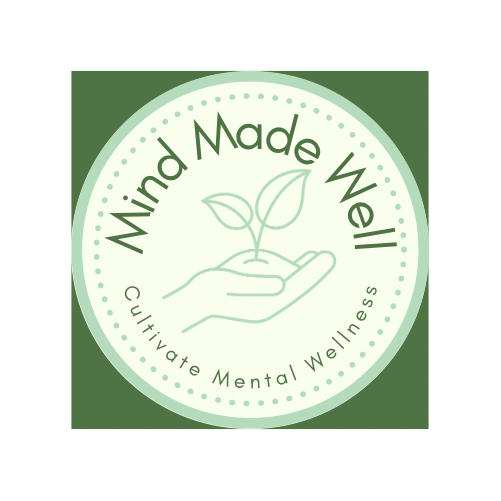How to Use a CBT Thought Record
Changing How We Think
Cognitive Behavioral Therapy (CBT) is a widely used therapeutic approach that focuses on identifying and changing negative thought patterns and behaviors. One of the key tools used in CBT is the Thought Record, a worksheet designed to help individuals identify and challenge their negative thoughts. In this blog post, we will provide step-by-step instructions on how to use a Cognitive Behavioral Thought Record.
You can find a printable copy of the thought record here.
Steps:
Step 1: Identify the Situation
The first step is to identify the situation or event that triggered your negative thoughts. Write down a brief description of the situation in the "Situation" column of the Thought Record worksheet.
Step 2: Record Your Thoughts
Next, record your automatic thoughts in the "Automatic Thoughts" column. These are the thoughts that pop into your mind immediately after the situation occurs. Be as specific and honest as possible. Use language that accurately reflects your thoughts.
Step 3: Identify the Emotions
In the "Emotions" column, identify the emotions that you experienced in response to the situation. It is important to be specific about the intensity and duration of your emotions. For example, instead of simply writing "sad," you might write "deeply saddened and overwhelmed." If you struggle with identifying emotions, consider use of a emotion identification tool, such as a wheel of emotions.
Step 4: Challenge Your Thoughts
In the "Challenging Thoughts" column, challenge your automatic thoughts by asking yourself a series of questions, such as:
Is there any evidence that supports my negative thoughts?
Is there any evidence that does not support my negative thoughts?
What is the worst that could happen in this situation? How would I handle that?
What’s most likely to happen?
Are there any alternative explanations for what happened?
What would I say to a friend who had the same thoughts?
Write down your responses to these questions in the "Challenging Thoughts" column.
Step 5: Identify Alternative Thoughts
In the "Alternative Thoughts" column, come up with alternative, more balanced thoughts that take into account the evidence you gathered in Step 4. These thoughts should be realistic and based on facts, rather than assumptions or biases. Write down your alternative thoughts in this column.
A good alternative thought should A). feel believable and true and B). reduce your belief in your negative automatic thoughts. Alternative thoughts are also sometimes call “Coping Statements”. It can be very handy to keep a running list of coping statements somewhere, like the notes app on your phone or a therapy journal, and review it regularly. This is especially true for coping statements generated about situations that you often struggle with, that often come up in your daily life, or cause particularly high levels of distress when they occur.
Step 6: Evaluate the Outcome
In the "Outcome" column, evaluate the outcome of your challenging and alternative thoughts. How did they make you feel? Did they change your perspective on the situation? Would you respond differently if you faced a similar situation in the future?
By completing the Thought Record worksheet, you can gain a better understanding of your negative thought patterns and learn to challenge and reframe them. Regular practice of this exercise can help improve your mental health and well-being. In generally, try to complete one record per day in the beginning stages of treatment.
Tips for success:
Print the worksheets out ahead of time and keep them in a set spot.
Establish a regular time of day to complete the worksheet. Morning or evening before bed works well for most people.
Try completing a workseet when you are upset about something. Does it help you feel better?
If you are not a pen and paper person, there are many apps that allow use of a thought record electronically.
If you are skeptical, experiment with trying this method for a week or two to see if helps.
Commit to actually writing the answers rather than simply reviewing mentally. Research indicates people who write their answers have better results.
Interested in in learning more?
Consider booking a session to discuss how CBT might be able to help you live a fuller, happier, more value-driven life. You can request a session here.
Disclaimer: This blog does not constitute medical advice. It is always recommended to consult with a licensed mental health professional about what tools and skills will be best for your individual situation.
Sources:
Beck, J. S. (2011). Cognitive behavior therapy: Basics and beyond. Guilford Press. Greenberger, D., & Padesky, C. A. (2015).
Mind over mood: Change how you feel by changing the way you think. Guilford Publications.
The Beck Institute for Cognitive Behavior Therapy. (n.d.). What is Cognitive Behavior Therapy? https://beckinstitute.org/get-informed/what-is-cognitive-therapy/

